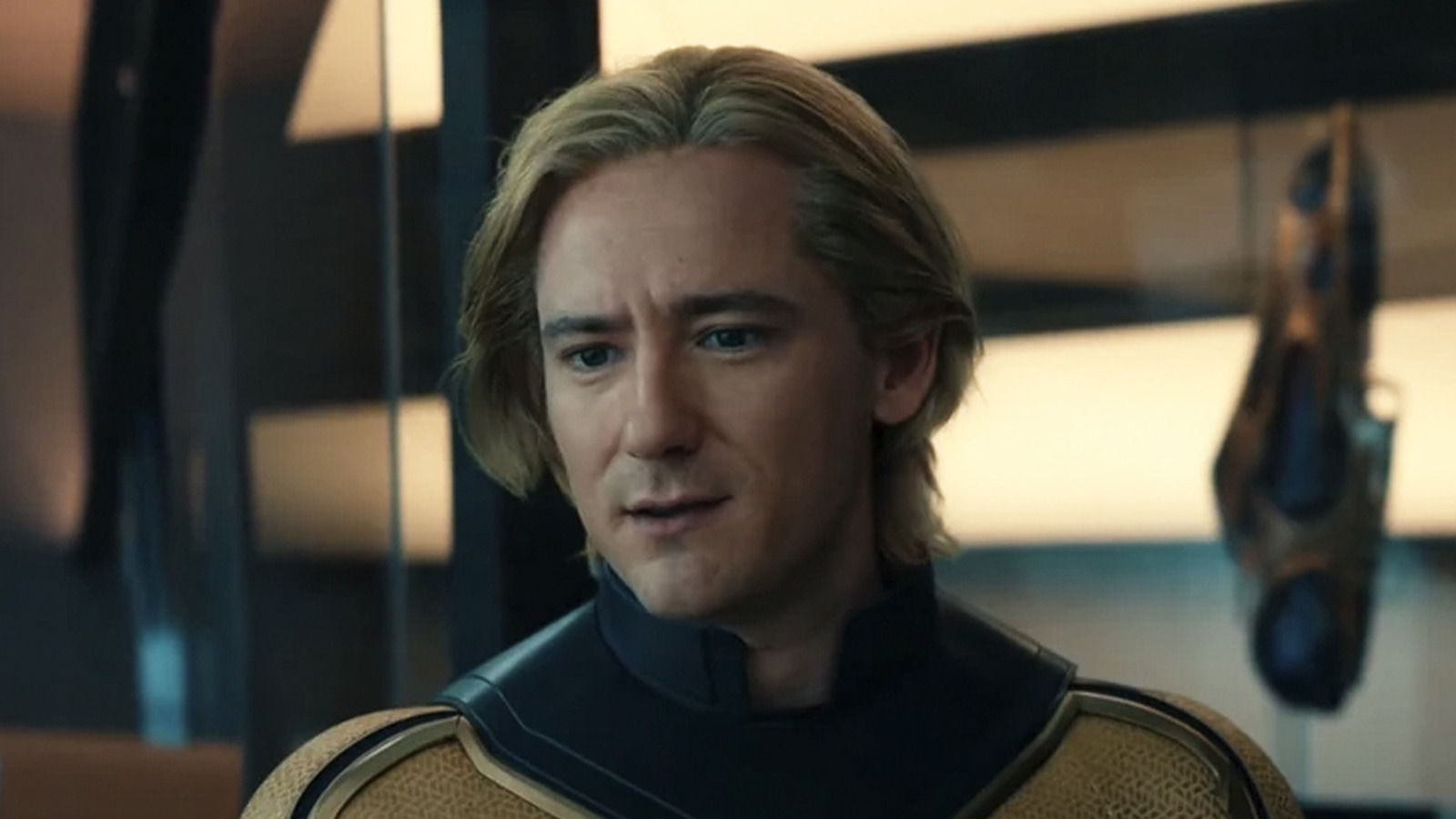
I’ll get to “Thunderbolts*” in just a moment.
The central irony with Superman is that, in addition to saving cats from trees, catching falling planes, and blocking bullets with his body, is also a skilled fighter. There are some scenarios wherein Superman still has to ball up his fists and fight. He is ready to do violence, should the situation call for it. In extreme cases (depending on the version of Superman you’re used to), he might even murder a villain to cease their villainy. Superman is a symbol of hope, but he also hurts people. One of his powers is a destructive eye laser. He doesn’t use his powers to kill … except when he does.
Indeed, superheroism is, in practice, a lifestyle of violence. Heroes fight. They punch. They shoot guns. They fire eye beams. A superhero is a freelance soldier, often with self-endowed free rein to hurt criminals and murder bad guys.
Imagine yourself the hero. What happens when all that fighting, all that violence, all that mayhem that you’re constantly exposing yourself to finally gets to be too much? Heroes live next to villainy and darkness every day, using their own murder skills to take care of it. From their eyes, the world is constant chaos and despair. Fight. Fight. Fight. Kick. Punch. Bleed. Die. Repeat.
This is where the Thunderbolts come in. The characters in Schreier’s “Thunderbolts*” are damaged. They are depressed. They have been vigilantes, assassins, and badass fighters for so long, their souls have begun to erode. Most of them were once villains, and their turn to heroism doesn’t seem to entail any less fighting. Also, their life of heroism hasn’t gotten them anything. The world is just as chaotic as it has always been, and they aren’t living comfortably. The Thunderbolts are, at the start of their film, swimming in a sea of despair.
These characters, who aren’t godlike aliens, don’t have the luxury of hope. They have to look at violence from a street-level perspective. They’ve had blood on their hands, often literally.
